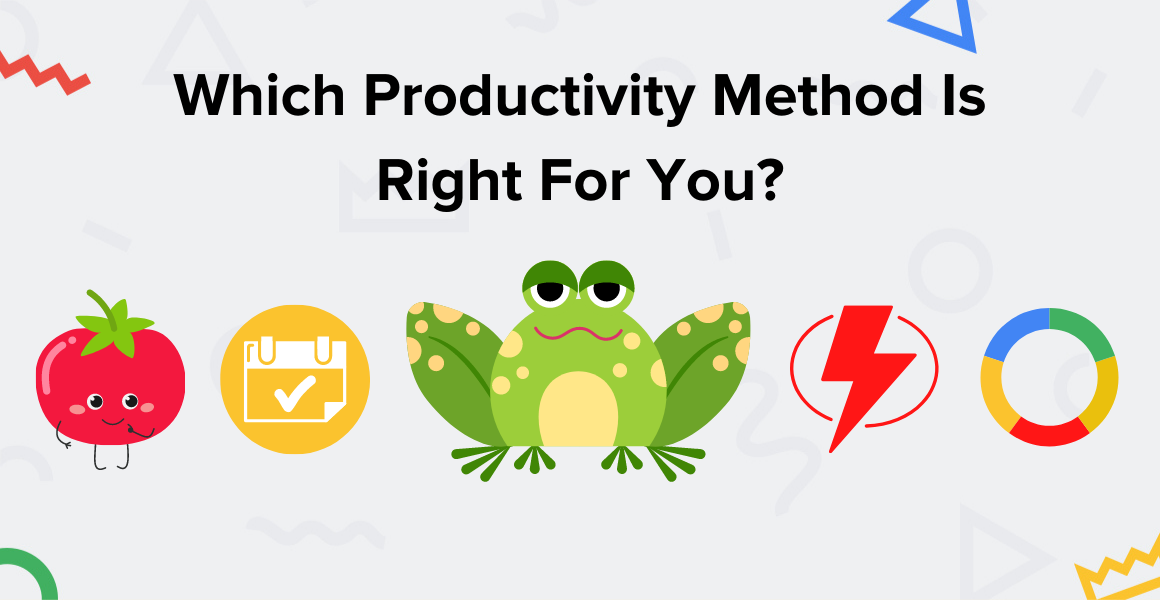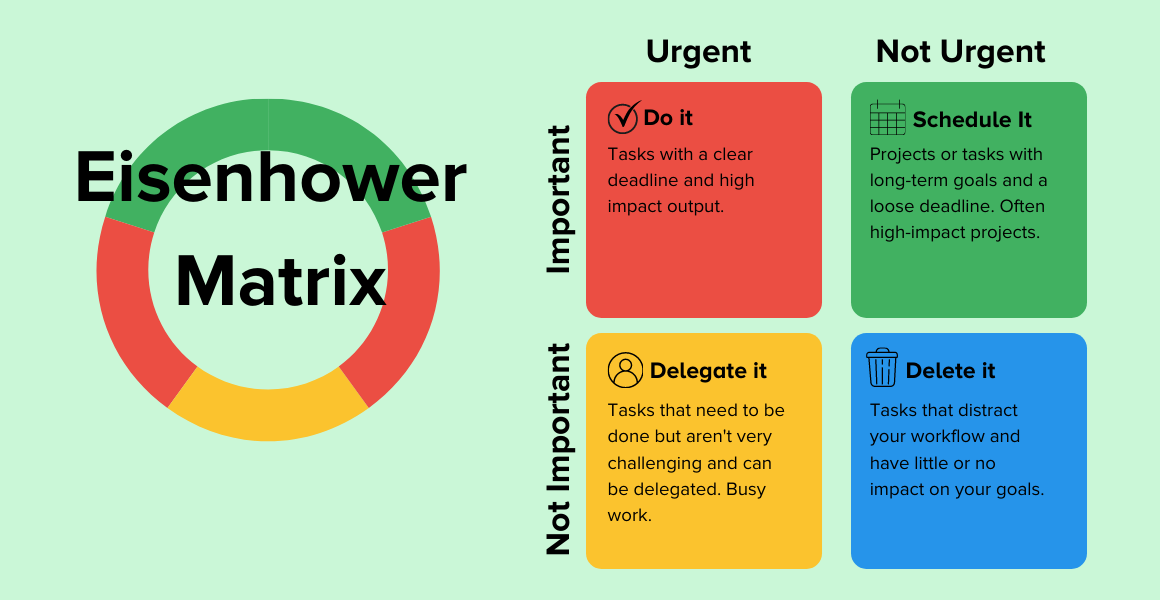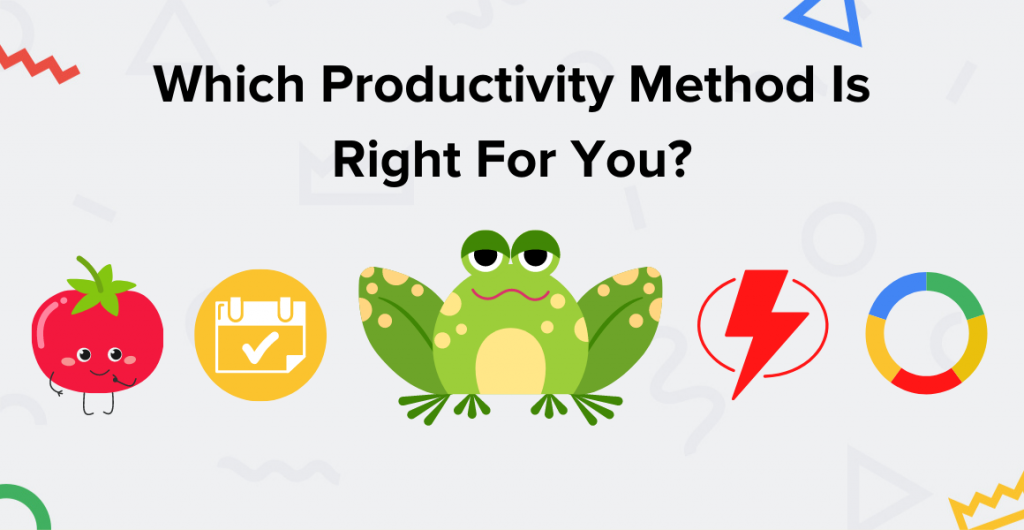Multitasking or context switching is an effort to get everything done at once and save time so you can reach deadlines with ease, but it has the opposite effect. Context switching impedes your cognitive functioning, derails your focus, and expends your energy. In the digital age of constant communication, email and app overload, and devices designed to capture your attention, resisting the urge to multitask is a raging phenomenon.
While you may think you’re more productive by responding instantly or disrupting your work to attend a meeting, your focus is taken two steps back. Professional basketball players don’t win the game by playing every position; they focus on their strengths and concentrate on the play at hand. This is similar to a business case; you won’t win by switching your priorities and derailing concentration.
What is multitasking?
Multitasking is the act of taking on multiple tasks at a time for the sake of super-efficiency and acting impulsively. For example, you might be reading this article to understand and eliminate the urge to multitask. Still, you receive an email that leaves this tab open and never attended to again. Digital reminders are constantly derailing your focus, but the first step to change is becoming aware of this.
The digital age has fostered a yearning for instant gratification, and context switching provides quick rewards, so no wonder we can’t resist the urge to multitask. But, the cost to these rewards are substantial: incomplete work, insufficient understanding, and slower efficiencies — yet you think you’re being productive.
The problem with multitasking?
Believe it or not, multitasking is a myth. It’s humanly impossible to do multiple things simultaneously. But, attempting to multitask or constantly switching contexts is a very real and damaging behavior. Context switching is expensive and costs employees 40% of their overall productivity. It takes a lot more time to complete a task when you’re switching between priorities, and you are much more likely to make errors.
Why do we multitask?
We multitask because we have a false conception that it makes us faster, more efficient, and enables productivity. When, in fact, multitasking does the opposite. Multitasking comes at a high cost to our productivity, yet it is so ingrained in our natural workflow that we don’t even notice. Multitasking began as a desperate attempt to keep up with big data filling the internet, constant emails, advertisements, internal company chats, and instantaneous information. Although many of us don’t realize it, we have a limited amount of attention, and each task you do makes you a little less effective at the next task. That means every time you switch your task, you spend your attention span and decrease efficiency. So time spent finishing up loose ends, responding to emails, or checking slack channels will leave you depleted of energy and unable to focus.
Multiple research studies have shown that multitasking is ineffective and virtually impossible, yet many employers search for multitasking as a necessary skill. There’s tension between quality and quantity — you can’t have both. Quality comes at the expense of quantity and vise versa. If you want your employees to complete their work with absolute accuracy and attention to detail, you cannot expect them to also complete their work at the speed of light — something many employers are still in the dark about.
Information overload
In the digital age, we communicate, access, create and share an abundance of information that our brains are incapable of absorbing and processing. Information overload is a causal factor in low employee engagement, happiness, and productivity. Indirect or direct losses from information overload equate to $650 billion a year in lost productivity. This is a substantial cost to businesses, yet employees are still encouraged to respond instantaneously and multitask on the job.
The digital age has simply amplified the frequency of multitasking, but information overload is not a new phenomenon. Thirteenth-century scholars even complained that “the multitude of books, the shortness of time and the slipperiness of memory do not allow all things that are written to be equally retained in the mind.” Now, combine information overload in the digital age with multitasking, and you get overwhelmed employees. Information overload for managers today has almost quadrupled, leaving you with little attention for what really matters.
View this post on Instagram
Pressures to respond instantaneously
We have a developed a culture of instant responses and constant availability. Whether it’s an email, slack message, or Twitter alert, your focus will be constantly disrupted if you’re expected to respond instantly. Managers need to give their employees leeway on response times and respect that no response is better for productivity. Whether this response pressure is real or not, all of our notifications are designed to signal urgency, consequently derailing deep work.
We crave interruptions
We are often interrupted by external distractions, but research has shown that we are just as likely to interrupt ourselves. A study measuring work fragmentation found that 53% of your day is interrupted when you switch between tasks and people average 11 minutes in each task before context-switching. 11 minutes might sound shocking, but your productivity is directly linked to your ability to resist distractions and multitasking.
We are all internet addicts. Receiving a Facebook or Instagram notification triggers the same neurological response as cocaine or playing slots, activities designed to leave you wanting more. On average, adults in the United States spend 2-4 hours swiping, tapping, and typing on their phones — think about all the things you could get done in 2-4 hours; no wonder you struggle with productivity. Many of us wish to spend less time on our phones, yet breaking ties is much more complicated than perceived.
Symptoms of internet addiction:
- Entering a state of panic when you’ve misplaced your phone or it won’t turn on
- Carrying your phone everywhere you go
- Inability to let your phone buzz without checking it
The cost of multitasking
Multitasking will cost you in productivity, energy, and understanding of a task. Learning to focus your attention on the task at hand and limit the urge to switch contexts will benefit your efficiency and engagement. It’s never worth it to multitask, even though you might feel like you’re being more productive.
Kills productivity
As the brain tries to figure out which task to pour energy into we lose precious time and experience what psychologists have termed a “response selection bottleneck.” This occurs when you are dealing with multiple stimuli at once and essentially kills your productivity. Multitasking affects your learning abilities, and you’re less likely to absorb information when you switch contexts. We are less efficient in the long run when we multitask, and unlikely to make meaningful progress on big goals.
Lowers cognitive functioning
Every time we multitask, our brain is flooded with facts — social media updates, analytics reporting, or email overload — and we cannot effectively store all of the information. Too much information leads to a brain freeze or fatigue, causing you to miss valuable details. Multitasking inevitably results in a lower attention span, adverse effects on long-term thinking, and the likelihood of making mistakes.
Uses 2x the energy
Whenever you switch around your tasks or redirect priorities, you take up energy that could accelerate deep work. Our phones play a huge role in the amount of energy we have in a singular workday. For example, every time you check a notification on your phone, you use 5% of the day’s energy — now times that by the number of times you check your phone — there’s hardly any energy left to complete your most pressing tasks. Motivation is crucial to your productivity and if you’re constantly loading new information, there’s no space left to refresh.
Jumbles priorities
Our tendency to jump between multiple tasks narrows our vision of the ultimate goal, and we cannot accurately recognize or sort priorities. When you’re focused on urgency signals, it becomes much more challenging to take a step back and refocus your priorities. With depleted energy, we cannot see the big picture. Overloaded with information, we revert to “survival mode” where we just want to get something done, anything. In this quest to accomplish as much as possible, we aim for the low-hanging fruit — responding to emails, checking slack, and the simplest tasks — which derails our priorities and sets us back on big, important projects.
Related Post: 7 Cognitive Biases That Turn Time Management Into Chaos
View this post on Instagram
How to prevent context switching
Controlling the temptation to multitask will skyrocket your productivity, but it takes some practice and strategies to avoid switching between tasks.
Related Post: 10 Ways to Improve Work Performance in 2021
Batch meetings together
You will never complete all of your high-priority tasks in a day if you’re constantly being disrupted by meetings every hour. The best way to organize your meetings to limit distractions is to block off time for deep work and leave the rest of your day to fill up with meetings. You can do this in a couple of different ways: Task batching, day theming, and time boxing. Essentially you can either block off entire days for specific tasks or organize your schedule with task blocks.
Day theming is organizing your schedule to separate different task groupings for each day of the week. For example, designating Mondays and Tuesdays to fill with as many meetings as possible and leaving the rest of the week to focus on deep work. Day-theming can be difficult if you don’t have autonomy over your schedule – in which case, task batching might be a better option.
Task batching is grouping together similar tasks — such as checking your inbox, meeting with clients, or deep work — and setting aside time for each task grouping in your calendar. It’s important to always block off time for deep work in your calendar, so people know not to book a meeting with you during those times.
You can learn more about task batching, day theming, and time boxing in our Productivity Methods post.

Schedule your response times
If you spend a lot of time sorting, responding to, and writing emails, then you should dedicate a certain amount of time each day to your inbox. Setting aside an hour every day to sort through your inbox will cut down the number of times you context switch to check up on a new notification. It will take some self-control to let that red notification bubble disappear without checking your inbox, but it will surely improve your productivity and decrease context-switching.
Be thoughtful about when you are sending emails or Slack messages, and keep in mind that you’re distracting the person on the other side just as much as they distract you — be diligent and set rules for the times you respond to others.
Shift Tip: DO NOT sort through your emails at the start of your day. That amount of context switching will overload your brain, leaving you with less energy to work on the projects that matter most.
Take screen-free breaks
It’s pretty incredible that we manage to get anything done when we not only have our desktop filled with notifications but our phones buzzing too! Put your phone on do not disturb or turn off notifications for the day to limit the distractions posed by your device. Being online encourages multitasking, so we often don’t even realize we’re doing it. Taking a step back from your screen will help you visualize priorities, without the added pressure of information overload posed by your computer.
List out top to bottom priorities
When you get caught in the mess of multitasking, it becomes a lot harder to organize your priorities and align your goals with the big picture. Start or end your day listing out tasks and organize them based on top priorities. Ask yourself: is this task contributing to my ultimate goal? If the answer is no, send it to the bottom of your list. It’s essential to take a step back from your long list of tasks and realign your priorities. If you take time to sort your tasks, you will spend less energy context-switching and feel confident that you are working on the right things at the right time.

- If you’re a big list maker and need to see all of your tasks right in front of you, try Evernote, Todoist, or Simplenote to keep track of priorities.
- If you have trouble aligning your priorities, tag your tasks according to their level of urgency and importance using the Eisenhower Matrix.
- If you are more of a visual learner, then a Kanban app might be the best way to envision the big picture. You can organize your board into specific phases of progress — ‘to-do,’ ‘in-progress,’ and ‘done’ — so you know exactly what you should be working on. Try Kanban apps like Jira, Asana, Wrike, or Trello.
Declutter and streamline your digital space with Shift
A major contributing factor to context switching is browser chaos and open tabs that flood your brain with an influx of information. As we discussed, information overload has a direct impact on your productivity and energy levels. The best solution to decluttering your digital space is to aggregate all of your app and email accounts in one space so that you can focus on deep work. Shift is a desktop app that seamlessly aggregates your email and app accounts — with a beautiful interface, focused workspaces, and features designed to optimize productivity; you can limit multitasking and find your focus.
Shift Tip: Mute your notifications when you are focused on deep work to eliminate the urge to multitask.
Ten articles before and after
Letting Go of Productivity Shame
How to Manage Multiple Telegram Accounts
Pride Month: Resources to Support the LGBTQIA2S+ Community
CEO Spotlight: Calculating Risk and Unlocking Entrepreneurial Spirit
How to Curb Meeting Fatigue and Hit Refresh
How to Find a Hobby And Boost Your Mood
10 Tips to Organize Your Email Inbox in 2021 (Gmail and Outlook)
5 Simple Tips For Efficient Email Management
Overcoming Burnout and the Expectations of the 'Ideal Worker'
